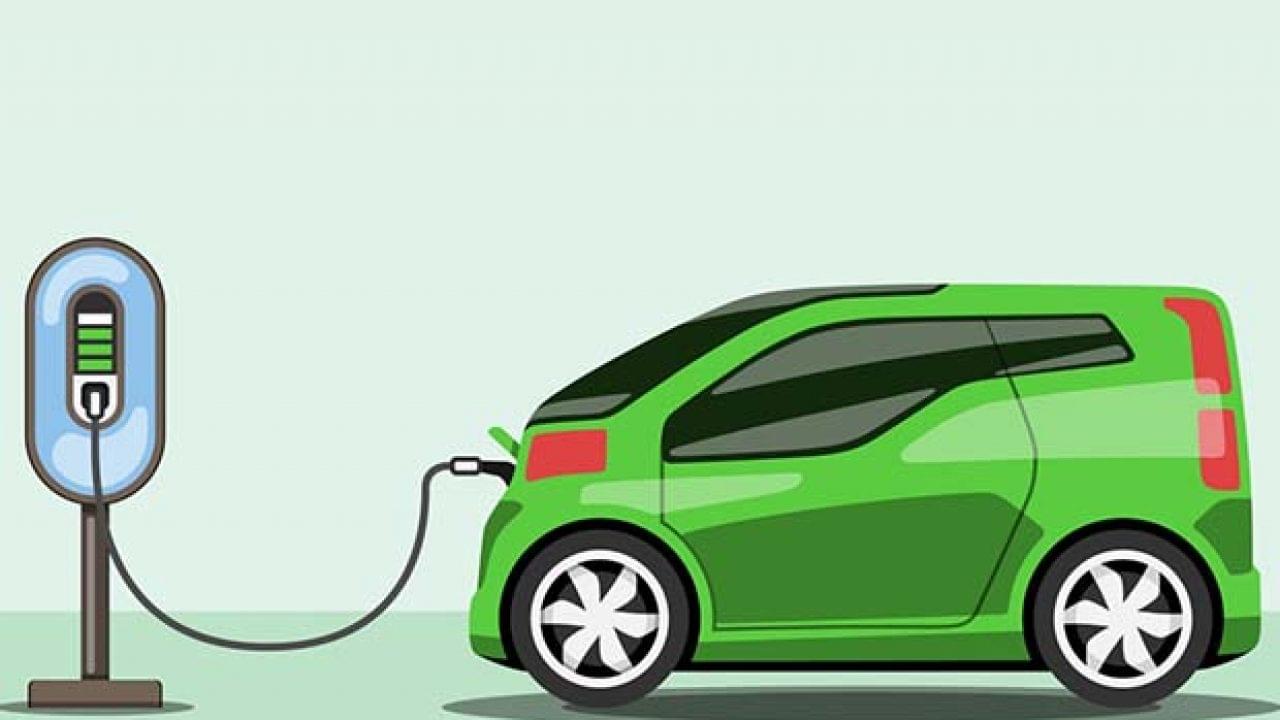Government Policies and Incentives for Electric Vehicles in the USA and Canada
wordpress-Default July 7, 2024 0 COMMENTS
Electric vehicles (EVs) are rapidly gaining popularity as governments worldwide push for cleaner, more sustainable transportation options. In North America, both the USA and Canada have implemented a range of policies and incentives to encourage the adoption of EVs. These measures aim to reduce greenhouse gas emissions, promote energy independence, and stimulate economic growth in the burgeoning EV sector. This blog delves into the various government policies and incentives in the USA and Canada that are driving the shift towards electric mobility.
USA: Federal and State Incentives
Federal Incentives
At the federal level, the United States offers several incentives to promote EV adoption. One of the most significant is the federal tax credit for EV buyers. This credit can be up to $7,500, depending on the battery capacity of the vehicle. However, this incentive phases out for manufacturers once they sell 200,000 qualifying vehicles. For instance, popular EV manufacturers like Tesla and General Motors have already hit this cap, reducing the availability of the full credit for their models.
Another key federal initiative is the funding for EV charging infrastructure. The Bipartisan Infrastructure Deal, signed into law in November 2021, includes $7.5 billion for building a national network of 500,000 EV chargers. This investment aims to address one of the significant barriers to EV adoption: the lack of adequate charging infrastructure.
State Incentives
In addition to federal incentives, many states offer their own programs to encourage EV adoption. These incentives vary widely but can include rebates, tax credits, and grants. For example, California, a leader in EV policy, offers rebates of up to $2,000 through its Clean Vehicle Rebate Project (CVRP). Additionally, the state has implemented the Zero Emission Vehicle (ZEV) program, which requires automakers to sell a certain number of zero-emission vehicles in the state.
New York provides up to $2,000 in rebates through its Drive Clean Rebate program. Similarly, Colorado offers a state tax credit of up to $4,000 for EV purchases. Many states also provide additional perks such as access to HOV lanes and reduced registration fees for EVs.
Canada: Federal and Provincial Incentives
Federal Incentives
Canada’s federal government has implemented several measures to promote EV adoption. The Incentives for Zero-Emission Vehicles (iZEV) program offers rebates of up to $5,000 for eligible EVs. This program applies to both battery electric vehicles (BEVs) and plug-in hybrid electric vehicles (PHEVs) with a manufacturer’s suggested retail price (MSRP) under a certain threshold.
Additionally, the federal government has committed significant funding to expand EV charging infrastructure. The Zero Emission Vehicle Infrastructure Program (ZEVIP) provides financial support for the installation of EV chargers in public places, multi-unit residential buildings, workplaces, and fleet locations. This initiative is crucial for reducing range anxiety and making EVs a more practical option for Canadians.
Provincial Incentives
In Canada, provincial governments also play a vital role in promoting EV adoption through various incentives. These programs often complement federal initiatives, providing additional financial support to EV buyers and expanding the availability of charging infrastructure.
Ontario
Ontario, one of the most populous provinces, offers rebates through its Electric Vehicle Incentive Program (EVIP). Eligible buyers can receive up to $14,000 for purchasing or leasing a new EV. The province also supports the installation of home charging stations by offering rebates for the purchase and installation of Level 2 chargers.
Quebec
Quebec is another leading province in EV policy. Through its Roulez vert program, Quebec provides rebates of up to $8,000 for the purchase of new EVs and up to $4,000 for used EVs. The province also offers financial assistance for the installation of home charging stations.
British Columbia
British Columbia (BC) has set ambitious targets for EV adoption, aiming to have all new light-duty vehicles sold in the province be zero-emission by 2040. To support this goal, BC offers rebates of up to $3,000 for new EV purchases through its CleanBC Go Electric program. The province also provides incentives for home and workplace charging infrastructure.
Comparative Analysis: USA vs. Canada
While both the USA and Canada offer robust incentives for EV adoption, there are notable differences in their approaches. The USA relies heavily on a combination of federal tax credits and state-specific programs, resulting in a diverse landscape of incentives that can vary significantly from one state to another. In contrast, Canada offers more uniform federal rebates, complemented by additional provincial incentives that enhance the overall support for EV buyers.
Federal vs. State/Provincial Roles
In the USA, the federal government plays a critical role in providing substantial tax credits and funding for charging infrastructure. However, state governments have significant autonomy in implementing their own incentives and policies, leading to a patchwork of programs that can either enhance or limit the effectiveness of federal initiatives.
In Canada, the federal government’s iZEV program provides a consistent baseline of support across the country. Provincial programs then build on this foundation, offering additional rebates and incentives that vary by region but generally aim to achieve similar goals of increased EV adoption and infrastructure development.
Infrastructure Development
Both countries recognize the importance of expanding EV charging infrastructure to support the growing number of EVs on the road. The USA’s approach includes significant federal investment through the Bipartisan Infrastructure Deal, which aims to create a nationwide network of chargers. This effort is complemented by state initiatives that further enhance charging availability.
In Canada, the ZEVIP program provides targeted funding to increase the availability of chargers in strategic locations. Provincial programs also contribute to this effort, ensuring that both urban and rural areas have access to reliable charging options.
Government policies and incentives are crucial drivers of EV adoption in both the USA and Canada. While the specific approaches and programs differ between the two countries, the overall goal is the same: to promote the transition to cleaner, more sustainable transportation. By offering financial incentives, expanding charging infrastructure, and setting ambitious targets, both nations are paving the way for a future where electric vehicles play a central role in reducing emissions and fostering economic growth. As the EV market continues to evolve, ongoing support from federal, state, and provincial governments will be essential to maintaining momentum and achieving long-term sustainability goals.








